News Beat
News Beat reporting is an idrw.org initiative to let our Readers to report News Based on Actual facts but some how has not been reported in Main Stream Media .
SOURCE: RAUNAK KUNDE / NEWS BEAT / IDRW.ORG

India’s Astra Mk1 Beyond Visual Range (BVR) air-to-air missile is set to undergo a series of rigorous tests in the coming months, despite its recent successful test launch from the LCA-Tejas LSP-7 aircraft off the coast of Goa. These tests are crucial for clearing the missile for operational use and ensuring its effectiveness in combat scenarios.
The Astra Mk1 missile, which was successfully tested last month, is an indigenous BVR missile designed to engage and destroy aerial targets at extended ranges. However, before it can be deployed in the Indian Air Force’s (IAF) LCA-Tejas operational fleet, it must undergo more stringent testing parameters.
Continue readingSOURCE: RAUNAK KUNDE / NEWS BEAT / IDRW.ORG

India’s indigenously developed Uttam Active Electronically Scanned Array (AESA) radar is poised to make its production debut in 2024. The Hindustan Aeronautics Limited (HAL) has already commenced the production of Tejas Mk1A fighter jets, which will be equipped with the Uttam AESA radar from the 21st aircraft onward. This marks a significant milestone in India’s journey towards self-reliance in defence technology.
The Uttam AESA radar has completed all developmental trials and is now ready for production. An improved variant of the radar was developed to integrate seamlessly with the Tejas Mk1A, incorporating technological advancements achieved over the past few years. This radar system promises to enhance the capabilities of India’s fighter aircraft significantly.
Continue readingSOURCE: RAUNAK KUNDE / NEWS BEAT / IDRW.ORG

The Indian Air Force (IAF) is taking a strategic approach to streamlining the Medium Range Fighter Aircraft (MRFA) tender process as it seeks to expedite the acquisition of 114 fighter jets under the “Made in India” initiative with a 100 per cent Transfer of Technology (ToT) clause. The IAF is keen to minimize the time required for issuing the Request for Proposal (RFP), evaluating proposals, and moving on to the technical evaluation phase.
One significant change in the approach is to make the RFP more specific and concise, reducing the extensive documentation that can sometimes run into thousands of pages. By providing clearer and more focused requirements, the IAF aims to expedite the evaluation process.
Continue readingSOURCE: RAUNAK KUNDE / NEWS BEAT / IDRW.ORG
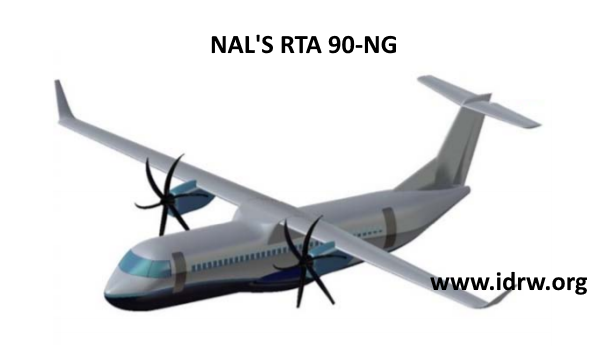
The Indian Air Force (IAF) is expected to withdraw from the Regional Transport Aircraft (RTA) program, led by the National Aerospace Laboratories (NAL), to develop a 90-seater turboprop aircraft designed for regional civilian use within India. While the government has granted in-principle approval for the full-scale engineering development of the RTA project and allocated funding to a Special Purpose Vehicle, the IAF’s participation in the program seems unlikely.
The NAL estimates that the RTA project could require funding of up to $2 billion to develop three prototypes for developmental and certification purposes. This decision comes as India’s aviation sector has experienced significant growth in the last decade, with an anticipated need for approximately 300 RTA-class aircraft in the country over the next 20 years.
Continue readingSOURCE: RAUNAK KUNDE / NEWS BEAT / IDRW.ORG

The Indian Air Force (IAF) and Hindustan Aeronautics Limited (HAL) are engaged in discussions for an additional order of 100 LCA-Tejas Mk1A fighter jets. This potential surge in orders comes as a resounding endorsement of the LCA-Tejas program and holds the potential to rejuvenate its image in the global export market.
The decision to explore an additional order of 100 LCA-Tejas Mk1A jets signifies a significant milestone for the program, as it comes in the wake of the initial order for 83 jets that were placed in 2021. This augmented order not only underscores the IAF’s confidence in the capabilities of the LCA-Tejas but also paves the way for the aircraft’s enhanced recognition and acceptance on the international stage.
Continue readingSOURCE: RAUNAK KUNDE / NEWS BEAT / IDRW.ORG
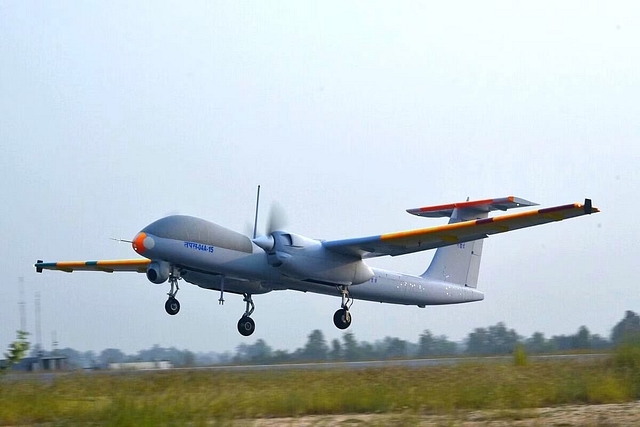
India’s pursuit of indigenous military capabilities is driving the development of its Medium-Altitude Long-Endurance (MALE) Class Unmanned Aerial Vehicles (UAVs). As the nation gears up for user trials of the Tapas UAV with the Indian Armed Forces, a new contender, the Archer-NG (Next-Generation), is emerging on the horizon, posing both challenges and prospects for India’s UAV capabilities.
The Tapas UAV, known as the BH-201, has garnered attention for its capabilities, but it is not without its share of challenges. The UAV aims to achieve an operating altitude of 30,000 feet and an endurance of more than 24 hours. However, current flight tests have indicated that the UAV falls slightly short of these targets. Achieving these operational requirements remains a priority, and the Defense Research and Development Organization (DRDO) is working on enhancing the engine’s capacity to meet these goals.
One of the noteworthy features of the Tapas UAV is its T-shaped tail assembly and shoulder-mounted wings design. This design is intended to offer inherent stability and improved control during flight, especially in pitch. However, weight optimization remains a challenge for the Tapas program. Despite ongoing efforts, the UAV’s weight has not been brought down to the desired levels, and this factor could impact its operational efficiency.
Parallel to the Tapas program, the development of Archer-NG has been pursued. The Archer-NG UAV features a Single Engine Twin Boom (SETB) configuration, which has garnered attention for its potential benefits. The twin-boom design enhances structural support, minimizes flexing, and provides efficient mounting of tail assemblies. These features contribute to better flight stability and control.
Archer-NG’s focus extends beyond intelligence and surveillance capabilities; it also incorporates the potential for armed strikes.
The competition between Tapas and Archer-NG is of strategic importance as India seeks to bolster its indigenous UAV capabilities. The Armed Forces’ desire to procure around 97 MALE Class UAVs underscores the significance of this development. While Tapas offers promise, Archer-NG’s more advanced design and stability could provide a compelling alternative.
Time is of the essence for both programs. To secure its position, Archer-NG must swiftly demonstrate its operational readiness and meet the specified requirements. Tapas, on the other hand, needs to overcome its weight challenges and achieve the intended operational capabilities quickly to maintain its competitive edge.
NOTE : Article cannot be reproduced without written permission of idrw.org in any form even for YouTube Videos to avoid Copy right strikes
SOURCE: RAUNAK KUNDE / NEWS BEAT / IDRW.ORG

The realm of international defence collaboration is witnessing a new dawn as the United States expresses keen interest in partnering with India for the development of future weapons programs. This burgeoning partnership, poised to enhance the bilateral relationship between the two countries, reflects a growing synergy in their strategic and defence objectives.
The most recent manifestation of this collaborative endeavour is the co-development of Launched Unmanned Aerial Vehicles (UAVs). These UAVs, designed for surveillance missions and capable of air recovery after fulfilling their mission objectives, represent a successful initial step towards bolstering joint defence initiatives.
Continue readingSOURCE: RAUNAK KUNDE / NEWS BEAT / IDRW.ORG

The Indian Air Force (IAF) is set to initiate a transformative process by procuring six pre-owned aircraft that will be subsequently converted into aerial tankers. The upcoming tender will be floated within the next six months as per media reports.
HAL’s partnership with IAI, an Israeli company with expertise in aviation technology, will play a pivotal role in the certification and conversion process. Once acquired, the pre-owned aircraft will undergo comprehensive upgrades, receiving new avionics and engines to extend their operational lifespan by 25 to 30 years. With the addition of advanced avionics and engines aircraft will be equipped with military-grade state-of-the-art technology, ensuring the continued effectiveness of its aerial fleet.
Continue readingSOURCE: RAUNAK KUNDE / NEWS BEAT / IDRW.ORG

Hindustan Aeronautics Limited (HAL) has moved closer to choosing the Russian NPP Zvezda K-36 ejection seats for integration into the Tejas Mk1A fighter jets earmarked for the Argentine Air Force if ordered are placed. The K-36DM ejection seats, manufactured by NPP Zvezda, are renowned for their advanced zero-zero capabilities, ensuring safe ejections even at zero speed and altitude.
These seats are currently utilized in the Indian Air Force’s Su-30 MKI fleet, demonstrating their reliability and efficiency. However, some recalibration of the ejection seat firing sequence may be required to seamlessly integrate them into the Tejas Mk1A aircraft.
Continue readingSOURCE: RAUNAK KUNDE / NEWS BEAT / IDRW.ORG
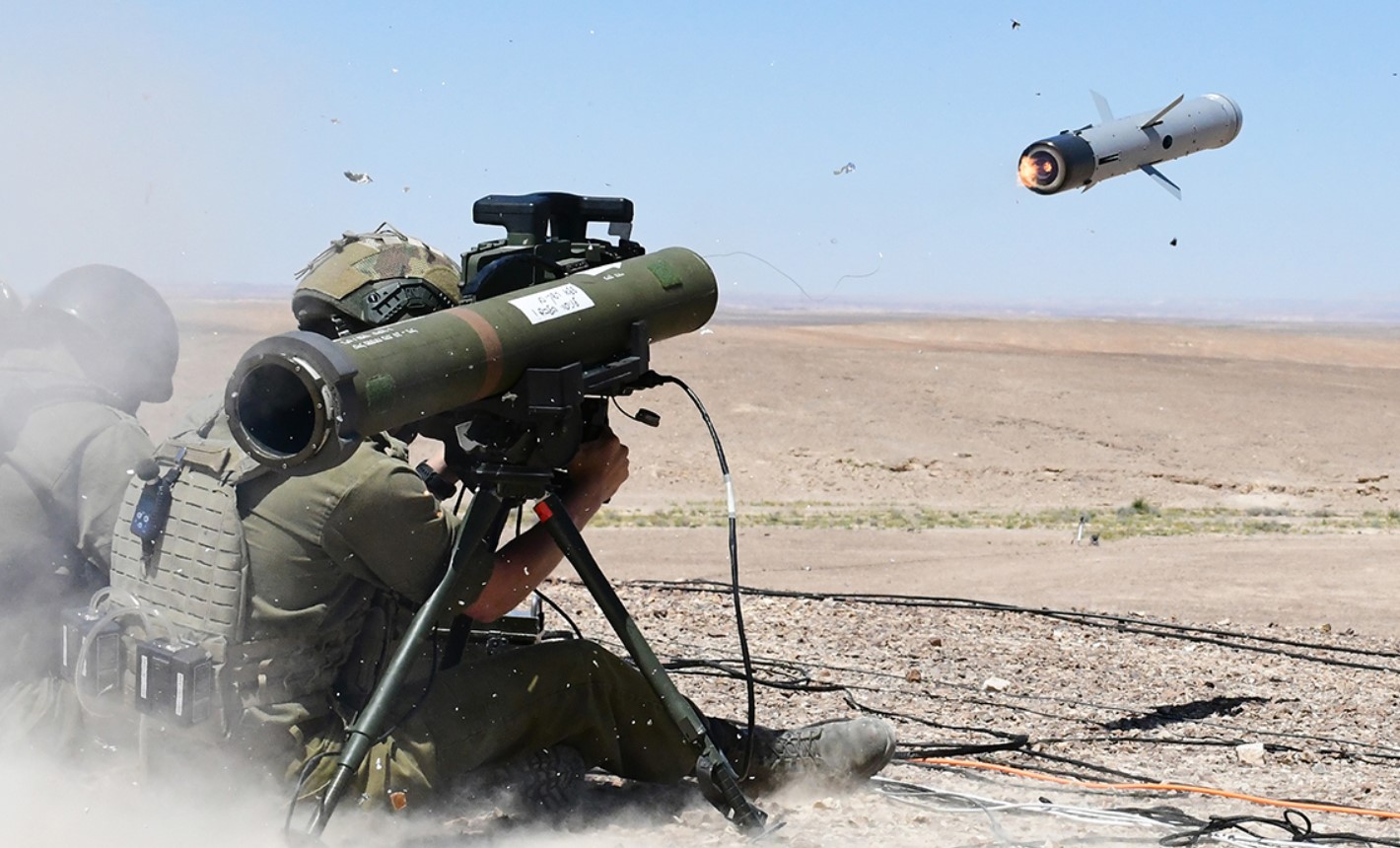
In a significant move to enhance its anti-tank capabilities, the Indian Army has recently placed orders for cutting-edge Israeli anti-tank guided missiles (ATGMs). These missiles, known for their extended range and enhanced armour-penetration capabilities, are set to bolster the Army’s firepower, providing a potent deterrence against armoured threats on the battlefield.
The Indian Army had previously inducted Israeli Spike LR-2 launchers and missiles, which boasted a formidable ground strike range of 5.5 kilometres. The latest order for these advanced ATGMs marks a follow-up to this procurement. The acquisition has been facilitated through Kalyani Rafael Advanced Systems Pvt Ltd (KRAS), a joint venture (JV) company between Kalyani Strategic Systems Ltd (KSSL) a subsidiary of Bharat Forge Ltd and Israel’s Rafael Advanced Defense Systems (Rafael) Ltd.
This collaboration ensures that 90% of the missile components are locally sourced, reflecting India’s commitment to the “Make in India” initiative.
SOURCE: RAUNAK KUNDE / NEWS BEAT / IDRW.ORG

As part of its ongoing efforts to enhance defence cooperation with other nations, India has extended a significant offer to Brazil by proposing its indigenously developed 155mm/52cal Mounted Gun System (MGS). The offer was made to General Tomas Miguel Mine Ribeiro Paiva, the Commander of the Brazilian Army, who is currently on a state visit to India.
Brazil initiated an acquisition program last year to procure 36-wheeled self-propelled howitzers, signalling its intent to modernize and strengthen its artillery capabilities. The primary objective of this program is to acquire a new mobile artillery system that offers enhanced deployability and can effectively engage targets at a maximum range of 40 km. The Brazilian Army’s plans involve outfitting three companies of the Artillery Division and the Mechanized Brigade with these advanced systems.
Continue readingSOURCE: RAUNAK KUNDE / NEWS BEAT / IDRW.ORG
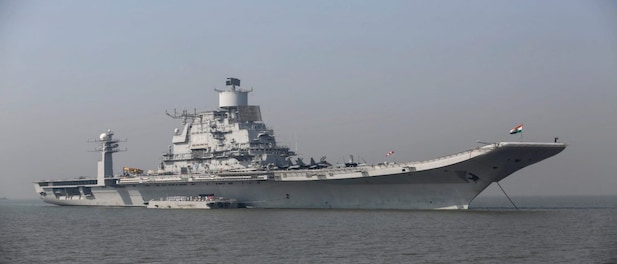
The Indian Navy is gearing up to enhance its security capabilities by investing Rs 490 crore in the procurement of counter-drone systems. These cutting-edge systems will be deployed not only on warships like the INS Vikramaditya and Vikrant but also at naval bases ashore. This strategic move is aimed at countering threats posed by enemy drones, a concern that has prompted both the Army and Air Force to acquire similar anti-drone systems.
The Request for Information (RFI) document released by the Ministry of Defence outlines the intention to acquire Counter Drone Systems (Soft Kill) for deployment across Indian Naval warships and establishments ashore. With this step, the Navy acknowledges the rising significance of countering enemy drones not only at sea but also at its various bases situated across the country.
Continue readingSOURCE: RAUNAK KUNDE / NEWS BEAT / IDRW.ORG
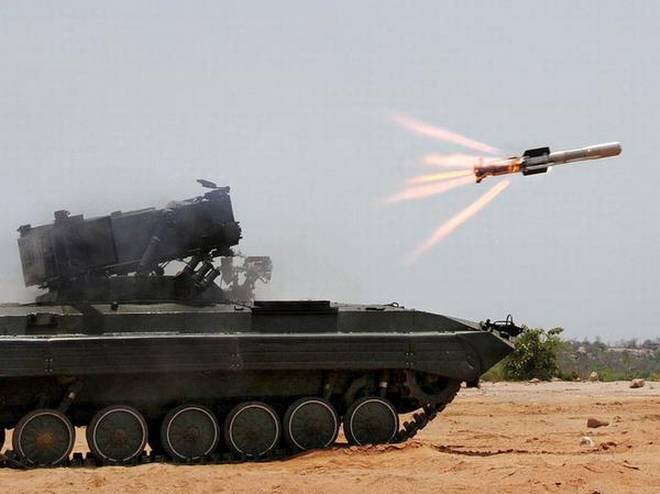
India’s Defence Research and Development Organisation (DRDO) has achieved a significant milestone as its Nag anti-tank guided missile (ATGM) completed all flight and user trials required for induction into the Indian Army.
Developed by Bharat Dynamics Limited (BDL) and the DRDO’s Defence Research and Development Laboratory (DRDL), the Nag ATGM was conceived in the 1980s to fulfil the Indian Army’s requirement for a versatile, vehicle- and air-launched ATGM with a formidable maximum range of 4 km.
Continue readingSOURCE: RAUNAK KUNDE / NEWS BEAT / IDRW.ORG

India’s plans to integrate the indigenously developed Kaveri engine with the Light Combat Aircraft (LCA)-Tejas fighter jet prototype is still on as per the latest information provided to idrw.org. According to sources familiar with the program, limited flight trials are expected to be conducted by the end of this decade, serving as crucial technology demonstrators.
The Defense Research and Development Organization (DRDO) took a significant step forward in this direction by signing a pivotal agreement with Godrej Aerospace in September 2022. This collaboration entails the manufacturing of eight Kaveri engines, intended for conducting extensive trials. These trials are part of the broader objective to conclude all tests by 2025.
Continue readingSOURCE: RAUNAK KUNDE / NEWS BEAT / IDRW.ORG
Honeywell India, a prominent US contractor in the aerospace and defence sector, has expressed its keen interest in participating in India’s upcoming 5th generation fighter jet program, the Advanced Medium Combat Aircraft (AMCA). The project, a collaborative effort between the Aeronautical Development Agency (ADA) and Hindustan Aeronautics Limited (HAL), aims to develop a cutting-edge indigenous fighter aircraft for the Indian Air Force.
Suneet Hazra, the Director of Aerospace and Defence at Honeywell Technology Solutions Aerospace India, has confirmed the company’s enthusiasm for contributing to the AMCA initiative. Honeywell India is currently engaged in discussions with HAL regarding various Unmanned Aerial Vehicle (UAV) programs, and the company is also exploring potential roles in the AMCA project.
Continue reading